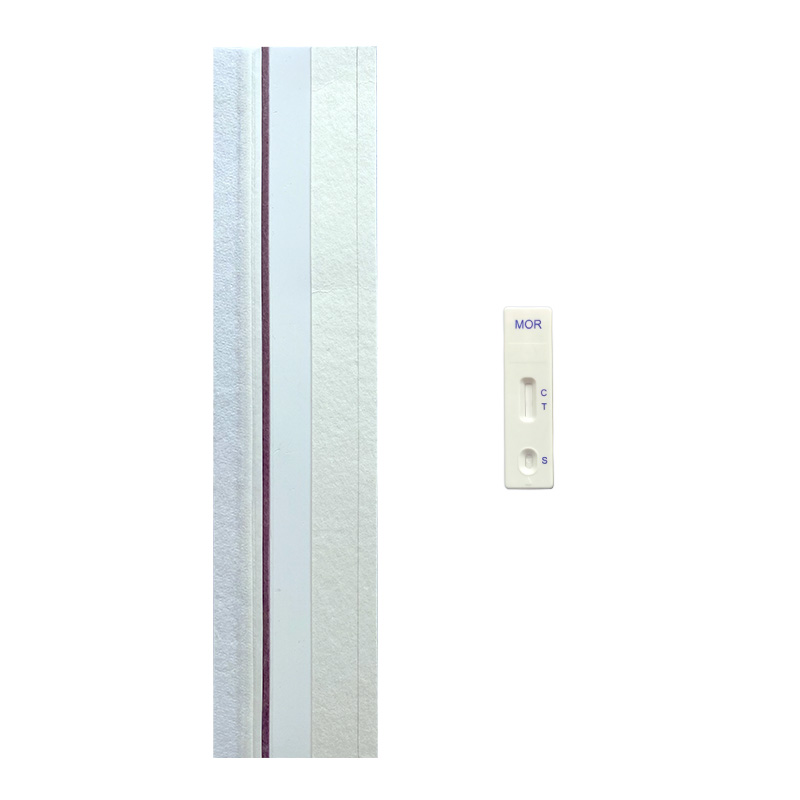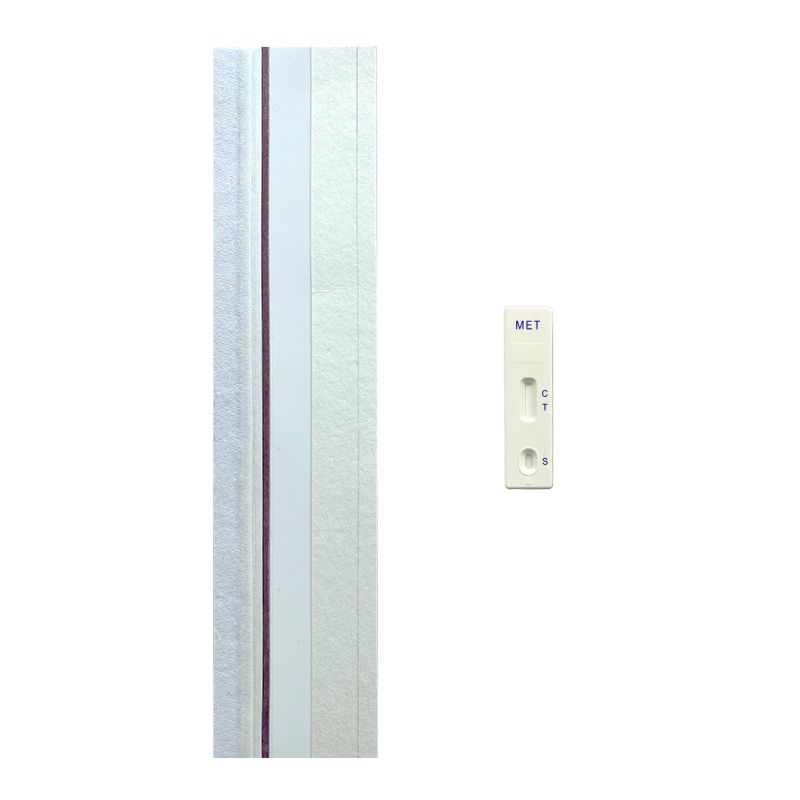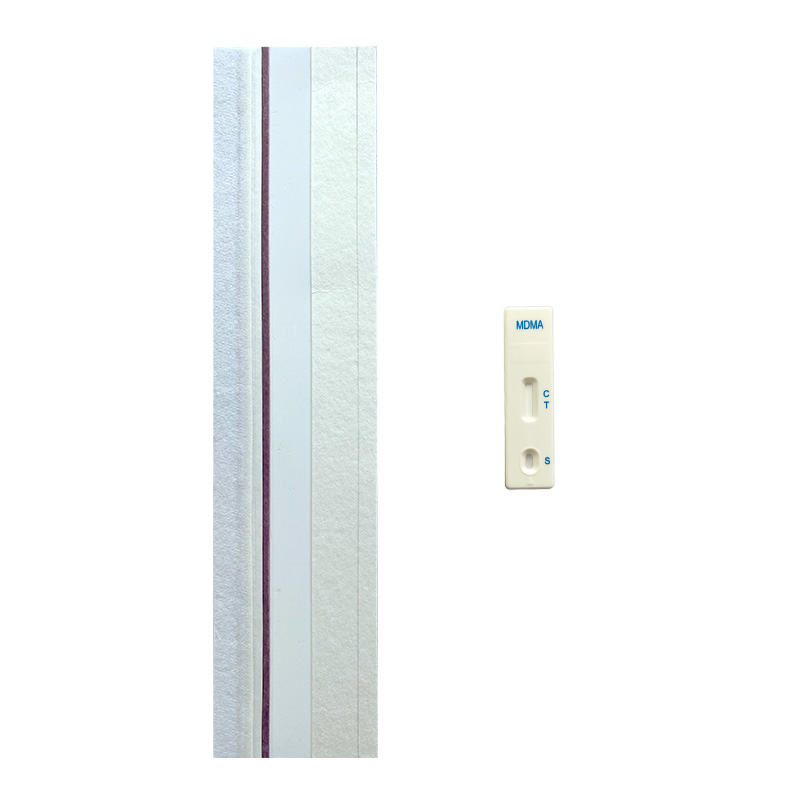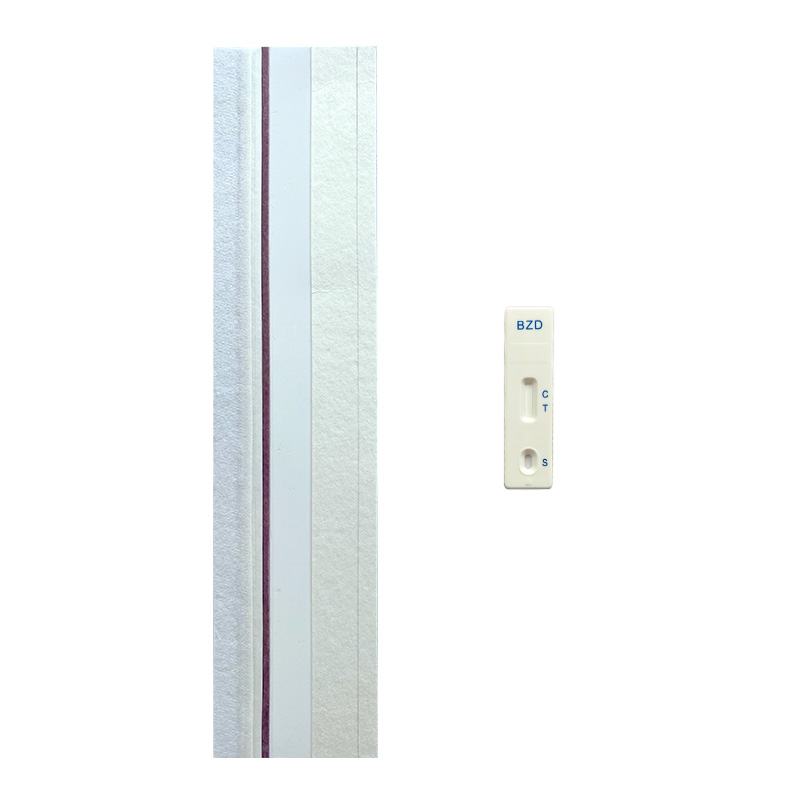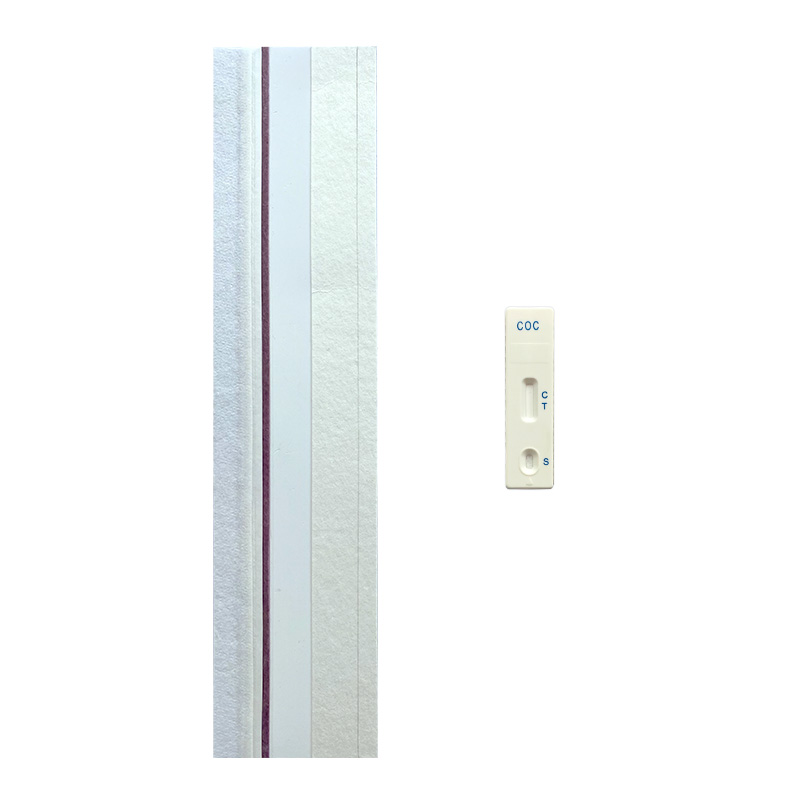Drugs of Abuse Test Uncut Sheet
NewScen offers a wide selection of Drugs of Abuse lateral flow rapid test kits to detect multiple infections, including 5-IN-1, MOR, MET, KET, THC, MDMA, AMP, BZD, COC, and MTD. Our test kits are designed to provide swift and accurate results, ensuring effective detection.
To meet your specific needs, we provide uncut sheets for all our products. This allows for flexible customization and scalability, ensuring that our testing solutions align with your requirements. With NewScen, you can trust in our reliable and efficient Drugs of Abuse testing solutions.
List of Other Available Drugs of Abuse Test Uncut Sheet
NewScen provides rapid diagnostic test uncut sheets for all our produced lateral flow assays. If the specific uncut sheet you require is not listed, please don’t hesitate to contact us for more details.
| UNCUT SHEET | PRODUCT DESCRIPTION |
| 5-IN-1 | One Step ( MOR / MET / KET / THC / MDMA ) Multiple Drug Test Kit Uncut Sheet |
| KET | Ketamine (KET) Rapid Test Kit Uncut Sheet |
| THC | Tetrahydrocannabinol (THC) Rapid Test Kit Uncut Sheet |
| AMP | Amphetamine (AMP) Rapid Test Kit Uncut Sheet |
| MTD | Methadone (MTD) Rapid Test Kit Uncut Sheet |
| EDDP | Methadone Metabolite (EDDP) Rapid Test Kit Uncut Sheet (urine/saliva) |
| MQL | Methaqualone (MQL) Rapid Test Kit Uncut Sheet (urine/saliva) |
| BUP | Buprenorphine (BUP) Rapid Test Kit Uncut Sheet (urine/saliva) |
| OPI | Opioid (OPI) Rapid Test Kit Uncut Sheet (urine/saliva) |
| PCP | Phencyclidine (PCP) Rapid Test Kit Uncut Sheet (urine/saliva) |
| K2 | Synthetic Cannabinoid (K2) Rapid Test Kit Uncut Sheet (urine/saliva) |
| ETG | Ethyl Glucuronide (ETG) Rapid Test Kit Uncut Sheet |
| FEN(FTY) | Fentanyl (FEN) Rapid Test Kit Uncut Sheet (urine/saliva) |
| NFTY | Norfentanyl (NFTY) Rapid Test Kit Uncut Sheet (urine/saliva) |
| OXY | Oxycodone (OXY) Rapid Test Kit Uncut Sheet (urine/saliva) |
| BAR | Barbital (BAR) Rapid Test Kit Uncut Sheet (urine/saliva) |
| PPX | Propoxyphene (PPX) Rapid Test Kit Uncut Sheet(urine/saliva) |
| TRA | Tramadol (TRA) Rapid Test Kit Uncut Sheet (urine/saliva) |
| TCA | Tricyclic Antidepressants (TCA) Rapid Test Kit Uncut Sheet |
| COT | Cotinine (COT) Rapid Test Kit Uncut Sheet |
| 6-AM | 6-Acetylmorphie (6-AM) Rapid Test Kit Uncut Sheet (urine/saliva) |
Understanding Our Target Audience
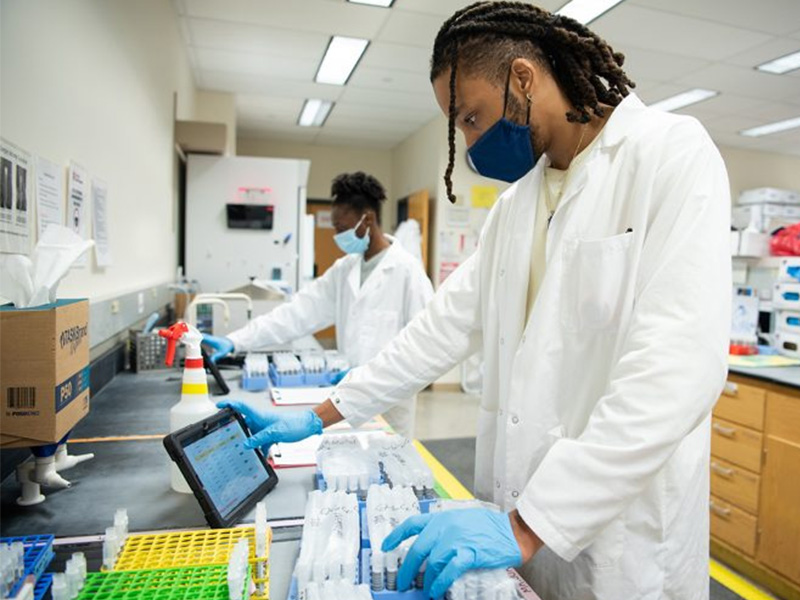
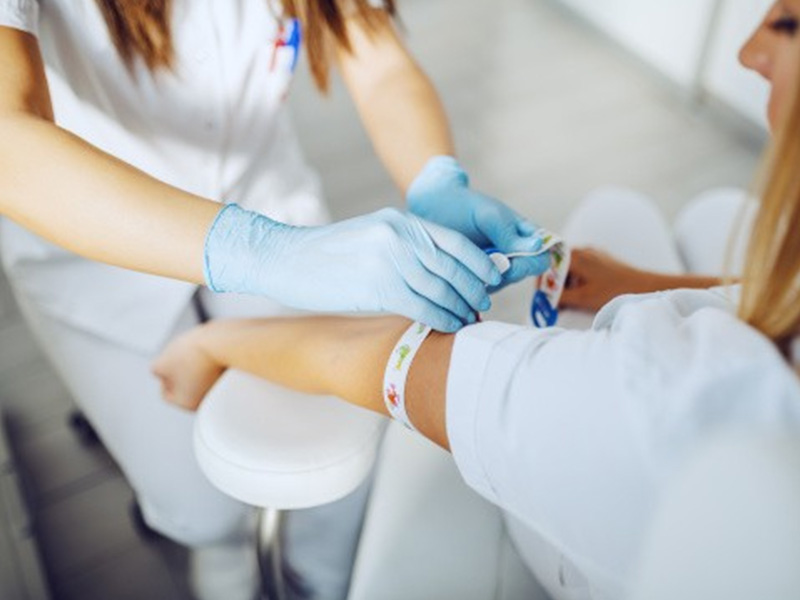



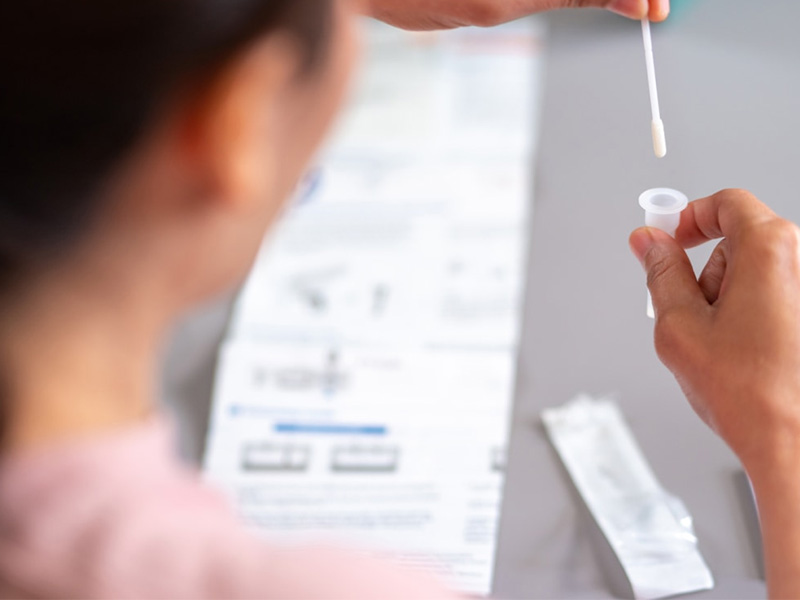
Please feel free to contact us immediately to request samples for your Uncut Sheet business before commencing the rapid test production.
FAQ
MTD stands for "Minimum Tolerable Dose" in the context of a drug test. The term is typically associated with workplace drug testing programs, where employers aim to detect and deter drug use among employees. The MTD refers to the minimum amount or concentration of a drug or its metabolites that can be reliably detected by the testing method used.
In drug testing, various techniques are employed, such as urine, blood, saliva, or hair analysis, to detect the presence of drugs or their metabolites in the body. The MTD is determined based on the sensitivity and specificity of the particular testing method being used. It represents the threshold above which a positive result is reported, indicating the presence of the drug or its metabolites in the individual's system.
Establishing an MTD is important to avoid false negatives (where a drug is present but goes undetected) and to ensure the accuracy and consistency of drug testing results. By setting an appropriate MTD, drug testing programs can strike a balance between identifying drug use and minimizing the chances of false positives or inadvertent exposure to drugs through environmental contamination or passive exposure.
Using a home drug test kit typically involves the following steps:
1. Read the instructions: Start by carefully reading the instructions provided with the drug test kit. Each kit may have specific guidelines and requirements, so it's important to familiarize yourself with the manufacturer's recommendations.
2. Gather the materials: Ensure you have all the necessary materials included in the drug test kit. This usually includes the test device or strip, collection cups, droppers or pipettes for urine sample transfer, and any reagents or solutions required for the test.
3. Prepare the sample: Depending on the type of drug test, you will need to collect a urine, saliva, or hair sample. The most common method is a urine test. Follow the instructions to collect the sample in a clean container provided with the kit. It's crucial to follow proper hygiene practices and avoid contamination during sample collection.
4. Perform the test: Once you have the sample ready, carefully follow the instructions for performing the test. This typically involves transferring a specific amount of the sample into the test device or adding it to a designated well or container. Some kits may require mixing the sample with reagents or solutions provided. Make sure to handle the test components as instructed.
5. Wait for the results: After adding the sample, you will need to wait for a specific amount of time for the test to develop. The waiting period can vary depending on the test type and the substances being detected. It's important to adhere to the recommended waiting time mentioned in the instructions to ensure accurate results.
6. Interpret the results: Once the designated waiting time has passed, check the test device or strip for the results. Most home drug test kits use color-coded lines or symbols to indicate whether a particular drug or substance is present in the sample. The instructions should provide clear guidelines on how to interpret the results. It's crucial to follow the interpretation guidelines accurately to avoid misinterpretation.
7. Dispose of the materials: After completing the test, carefully dispose of the used test components, including the sample container, according to the instructions provided by the manufacturer. Follow any specific guidelines for safe disposal, especially if the sample contains potentially harmful substances.
It's worth noting that while home drug test kits can provide preliminary information, the results may not be as accurate or reliable as professional laboratory testing. If you have concerns about drug use or need more precise results, it's advisable to consult a healthcare professional or a certified laboratory for further testing and guidance.
There are several types of drug tests available for at-home use. Here are some common ones:
Urine drug tests: These tests are the most common and affordable option for at-home drug testing. They detect the presence of drugs and their metabolites in urine samples. Typically, you'll collect a urine sample in a provided container, dip a test strip into the urine, and wait for the results.
Saliva drug tests: Saliva drug tests are gaining popularity due to their convenience and non-invasive nature. They detect the presence of drugs in saliva samples. To perform the test, you'll typically swab your mouth with a provided swab, and then place the swab into a test kit for analysis.
Hair drug tests: Hair drug tests are less commonly used for at-home testing due to the need for specialized equipment and laboratory analysis. These tests can detect drug use over a longer period, as drugs and their metabolites can be detected in hair for several months. With a hair drug test, you'll typically cut a small sample of hair from the scalp and send it to a laboratory for analysis.
Blood drug tests: At-home blood drug tests are less common and more complex than urine or saliva tests. They require a blood sample, which is typically collected using a finger prick or a small lancet. However, these tests may not be as readily available or user-friendly as the other options mentioned above.
It's important to note that while at-home drug tests can provide useful information, they may not be as accurate or reliable as tests conducted in a professional laboratory setting. If you have concerns about drug use or need accurate results for legal or employment purposes, it's recommended to consult with a healthcare professional or utilize a certified laboratory test.
The most common drug test that detects morphine is the opioid panel urine test. This test specifically looks for the presence of opioids, including morphine, in a person's urine sample. It works by identifying the metabolites produced by the body when morphine is broken down. If morphine or its metabolites are present in the urine, the test will yield a positive result. It is important to note that other tests, such as blood or saliva tests, can also detect morphine, but the urine test is the most commonly used method for drug screening purposes.
The urine metabolite of morphine is primarily morphine-3-glucuronide (M3G). Glucuronidation, a process in which glucuronic acid is added to morphine, leads to the formation of M3G. This metabolite is a major inactive product of morphine metabolism and is excreted in urine. M3G has minimal opioid activity and does not contribute significantly to the analgesic effects of morphine. However, it plays a role in the elimination of morphine from the body. Other minor metabolites of morphine, such as morphine-6-glucuronide (M6G), may also be present in urine, but M3G is the predominant urine metabolite of morphine.
